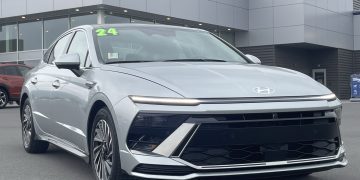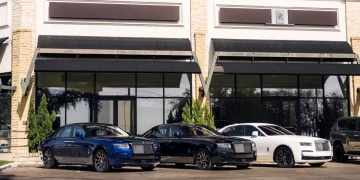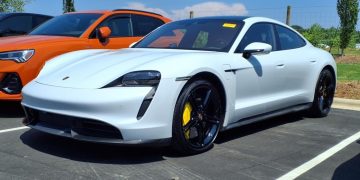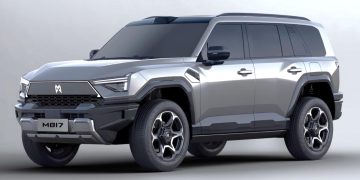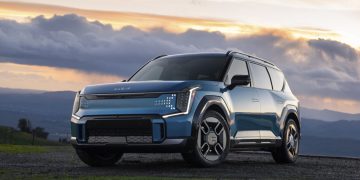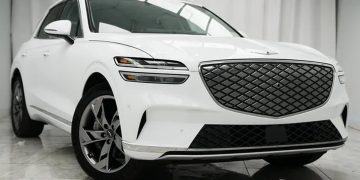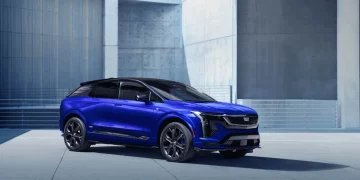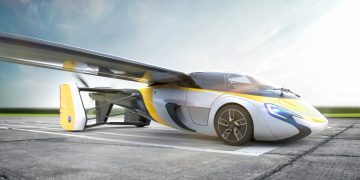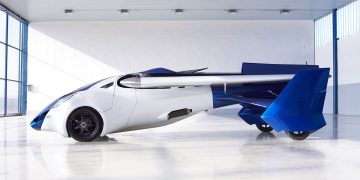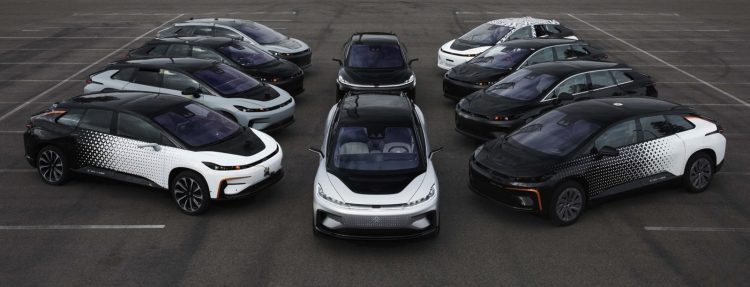When it comes to purchasing a vehicle, whether for personal or business use, one of the most important considerations is the maintenance cost. For businesses that rely heavily on their vehicles to perform specific tasks, such as in industries like construction, waste management, emergency services, or logistics, specialized vehicles are often the go-to choice. However, as these vehicles are designed to carry out specific functions and handle more demanding environments, questions arise about whether the maintenance costs of specialized vehicles are higher than those of regular vehicles.
In this article, we will explore the factors that influence the maintenance costs of specialized vehicles and whether these costs truly surpass those of standard, everyday vehicles. We will also compare the benefits and challenges of maintaining specialized vehicles in different industries, considering their longevity, performance needs, repair requirements, and other maintenance-related factors.
1. Understanding Specialized Vehicles
Before diving into maintenance costs, it’s important to define what we mean by specialized vehicles. Unlike regular vehicles, which are typically designed for personal transportation or light-duty purposes, specialized vehicles are customized for specific tasks or industries. These include:
- Construction vehicles like excavators, bulldozers, and cranes.
- Emergency vehicles such as fire trucks, ambulances, and police cars.
- Waste collection vehicles like garbage trucks.
- Logistics and delivery trucks, including refrigerated or heavy-duty haulers.
- Specialized transport vehicles, such as tankers, military vehicles, and mining trucks.
These vehicles are built to perform particular functions, often in harsh conditions or challenging environments, which can place additional stress on their components and systems compared to regular vehicles.
2. Factors Affecting Maintenance Costs of Specialized Vehicles
Several factors influence the maintenance costs of specialized vehicles, and these costs can differ significantly from those of regular vehicles. Below are some key factors that determine the maintenance needs of these vehicles.
2.1 Complexity and Customization
Specialized vehicles are often customized with specific features that regular vehicles do not require. This includes custom-built equipment, additional technology, or heavy-duty parts designed to handle the specific needs of an industry.
- Specialized parts and components: The customization required for specialized vehicles often means that they need specialized parts, which can be more expensive than the standard parts used in regular vehicles. For example, a fire truck may have specific fire-fighting equipment and hydraulic systems that require unique components, which could incur higher replacement costs.
- Complex systems: Many specialized vehicles, like ambulances or construction vehicles, have complex electrical and hydraulic systems, which may need more frequent servicing and specialized knowledge to repair or maintain. These systems often require more attention from technicians trained to handle specific vehicle models, which could increase labor costs.
2.2 Heavy Usage and Stress on Components
Unlike regular vehicles, specialized vehicles often operate under more demanding conditions. They are designed to handle heavy loads, operate in extreme environments, or endure continuous usage. The constant wear and tear these vehicles face can lead to:
- Higher frequency of repairs: Vehicles such as construction trucks or garbage trucks are exposed to intense usage, including rough terrain, heavy lifting, and frequent stops and starts. This constant stress can lead to quicker wear of key components like tires, engines, and suspension systems.
- Shorter lifespan of components: Components such as brakes, tires, and engine parts tend to wear out faster in specialized vehicles due to the extreme loads they carry. For example, off-road vehicles used in construction or mining may experience faster tire wear and suspension damage because of constant driving on rough, uneven surfaces.
2.3 Operating in Harsh Environments
Many specialized vehicles operate in harsh conditions—whether it’s the high temperatures faced by fire trucks, the dusty and rough terrain environments that construction vehicles endure, or the wet and slippery conditions that waste management vehicles deal with. Such harsh environments can accelerate the deterioration of vehicle parts.
- Exposure to elements: Vehicles working in extreme environments often require more frequent servicing to ensure parts like seals, gaskets, and filters are replaced, and their performance is optimized. Exposure to moisture, dirt, and chemicals can cause rusting and corrosion, which requires more frequent inspection and maintenance.
- Specialized coatings and protection: To withstand these harsh conditions, some vehicles are equipped with protective coatings on vital components, which, although effective, can also add to the overall cost of maintenance. For example, salt-resistant coatings used on snowplows or fire trucks to prevent rust require maintenance and reapplication over time.
2.4 Technological Integration and Maintenance
As the use of advanced technology increases in specialized vehicles, including GPS systems, automatic systems, and monitoring sensors, the cost of maintaining these technologies also rises. These technologies are often critical to the functionality of the vehicle, but they also increase the complexity of repairs and maintenance tasks.
- Specialized software and diagnostic tools: Many modern specialized vehicles incorporate complex software systems that monitor their performance in real-time. While this helps improve vehicle efficiency, it also means that maintenance requires access to advanced diagnostic tools and technicians trained to troubleshoot and repair these high-tech systems.
- Ongoing updates and calibration: For vehicles such as autonomous delivery trucks or smart fire trucks, maintenance can involve software updates and calibration of sensors, adding another layer to the maintenance process and increasing costs.
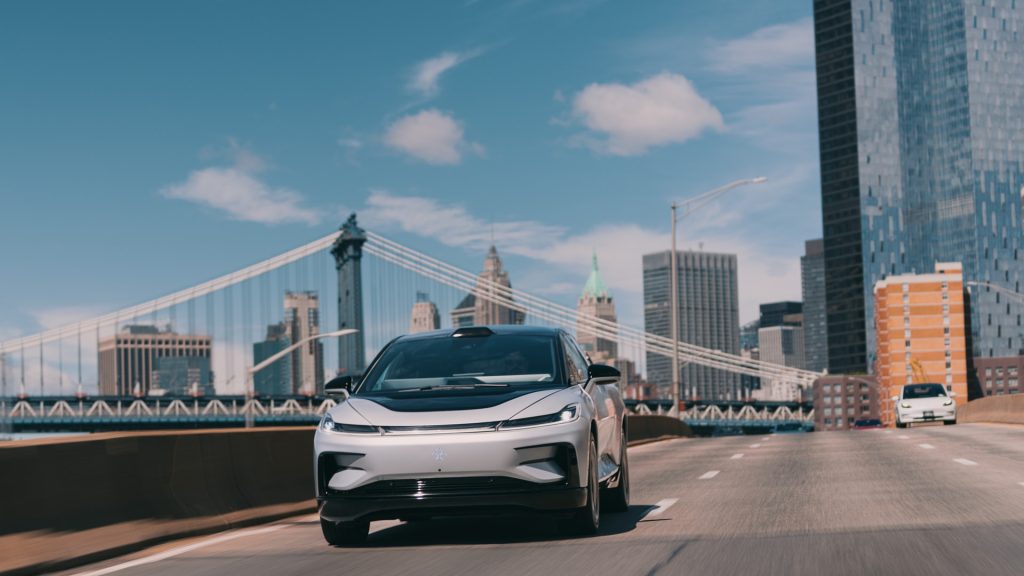
3. Comparing Maintenance Costs: Specialized vs. Regular Vehicles
While specialized vehicles tend to have higher maintenance costs due to the factors outlined above, regular vehicles also face their own maintenance needs. To better understand the difference in costs, let’s compare the maintenance expenses of both types of vehicles.
3.1 Regular Vehicle Maintenance Costs
The maintenance costs of regular vehicles typically include:
- Routine services like oil changes, tire rotations, and brake checks.
- Basic repairs for engine issues, transmission problems, or wear and tear on tires.
- Part replacements such as alternators, filters, and spark plugs.
Since regular vehicles are designed to handle daily commuting and are built for typical driving conditions, maintenance costs are generally lower than for specialized vehicles. Parts are more widely available and less expensive, and repairs usually require less specialized expertise.
3.2 Specialized Vehicle Maintenance Costs
The maintenance of specialized vehicles can include all of the above but also comes with additional considerations:
- Heavy-duty equipment repairs: The more complex parts and equipment that are specific to the vehicle’s function (e.g., cranes, hydraulic lifts, fire suppression systems), the higher the repair costs.
- Higher labor costs: Specialized vehicles often require mechanics or technicians with expertise in particular fields, which increases the cost of labor. For instance, electric vehicle (EV) fleets used for specialized tasks may require specific training for maintenance.
- Frequent servicing: Due to the heavy workload, parts like brakes, tires, suspension, and engine components may need to be replaced more often, raising the overall cost.
In general, the maintenance costs of specialized vehicles are higher because they require more frequent servicing, specialized labor, and expensive parts. However, these costs must be weighed against the vehicle’s ability to perform essential tasks efficiently, which can save time and money for the business in the long run.
4. Long-Term Considerations: Balancing Maintenance and ROI
While specialized vehicles come with higher maintenance costs, businesses often find that the return on investment (ROI) they generate from using these vehicles outweighs the additional maintenance expenses. This is because specialized vehicles are designed to perform critical tasks that regular vehicles cannot, and their efficiency can improve the overall profitability of a business.
For example, a waste management company may spend more on maintaining a fleet of garbage trucks, but the vehicles’ ability to complete daily routes and perform efficiently in tough conditions makes them an indispensable asset. Similarly, a construction company may need to maintain heavy-duty machinery regularly, but the vehicles’ ability to perform tasks that would be impossible with regular vehicles justifies the expense.
Additionally, many specialized vehicles have a longer useful life due to their high durability, which can offset the higher maintenance costs over time.
5. Conclusion
In conclusion, specialized vehicles do tend to have higher maintenance costs compared to regular vehicles. This is primarily due to the complexity, customization, and harsh operating environments that these vehicles endure. However, the value that these vehicles bring to specific industries—whether it’s enhanced performance, greater productivity, or the ability to meet critical business needs—often makes these higher maintenance costs worthwhile.
For businesses, it’s important to carefully assess the total cost of ownership, including maintenance, fuel efficiency, and expected lifespan of the vehicles. With proper maintenance management and the right preventive care, the higher costs associated with specialized vehicles can be mitigated, making them an effective investment for industries that rely on them.

